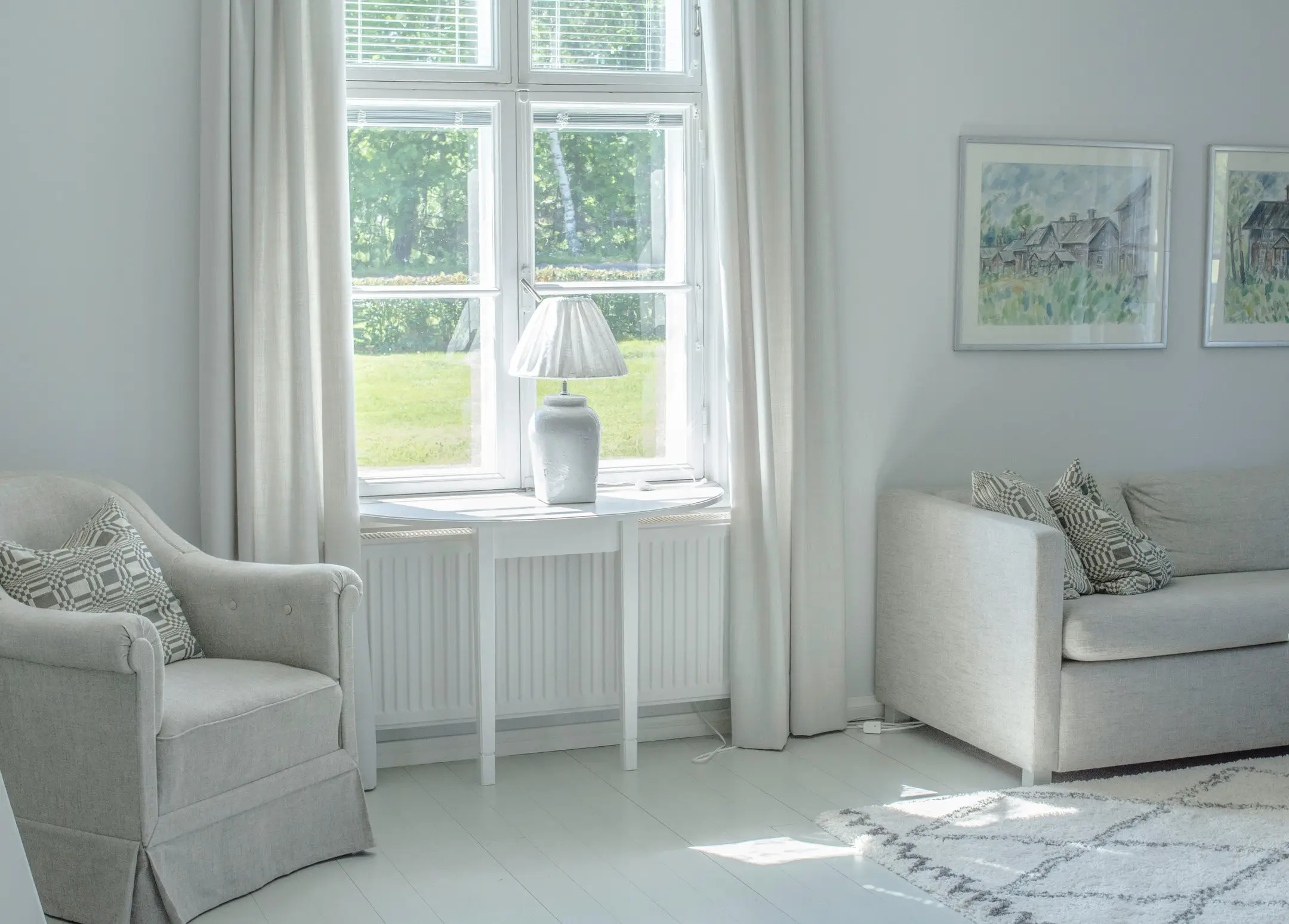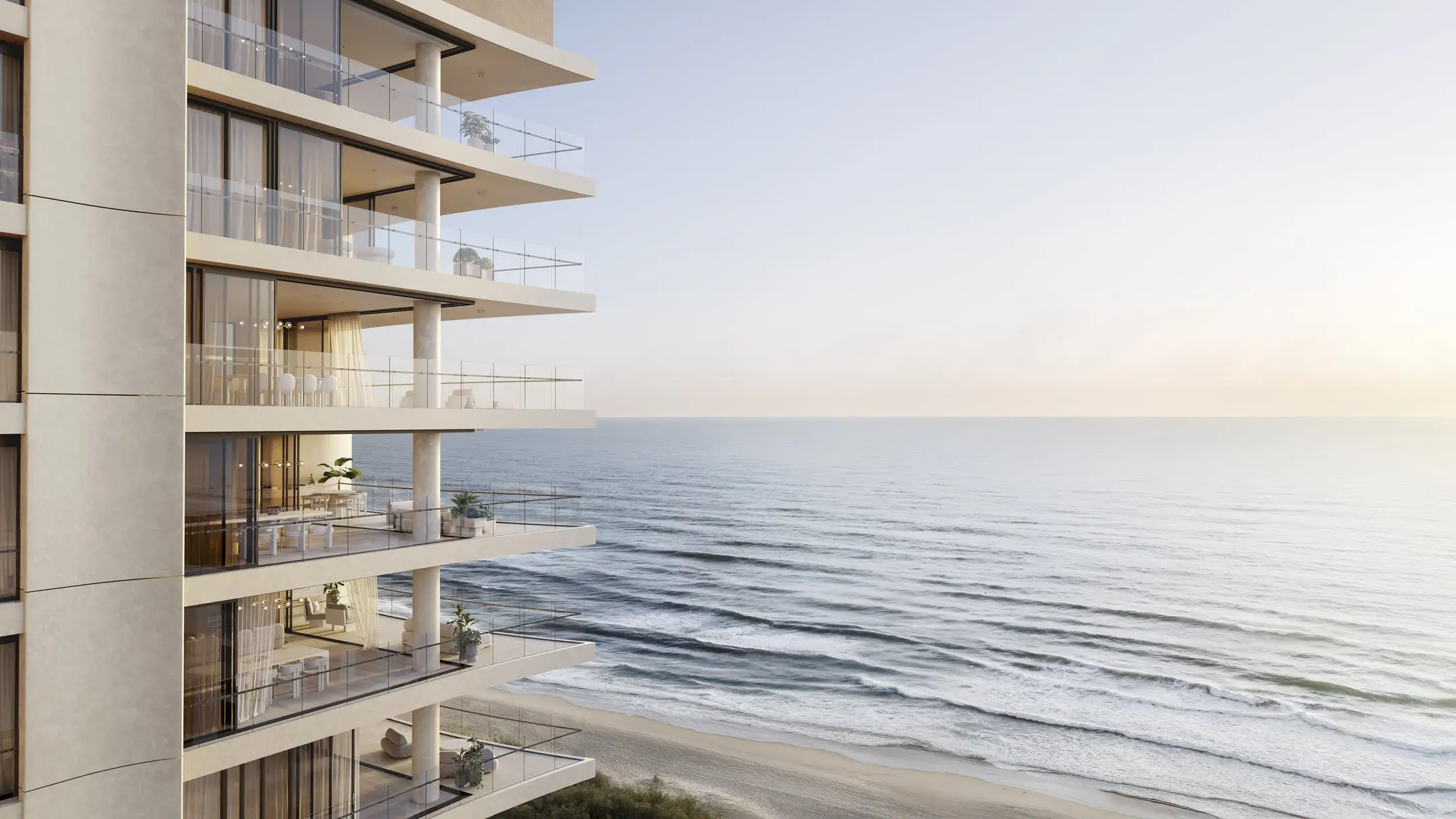
Green rooftops are popular overseas but have been slow to take-off in Australia. Now, an increasing number of developers and architects are utilising green space designs and ‘living’ wall structures in their apartment developments.
Environmental, psychological and financial benefits far outweigh the costs, though researchers are lobbying for the government to introduce incentives to make green inclusions more accessible to everyone.

There are two types of green rooftop structures. The first, intensive, refers to roof areas with gardens that include shrubs, trees, and grassed areas, and which usually incorporate hard landscaping like decking and paving for residents to enjoy. These types are classified as intensive because of the kind of plants and vegetation used, which require deeper substrates to support and sustain growth.

The second type, extensive green roofs, are mixed-use. They may be established for aesthetic reasons as well as ecological, and usually include vegetation like succulents, mosses, herbs, and grasses. This combination is more popular because it requires less maintenance than the intensive version. Plants are usually weatherproof, enabling survival in extreme weather conditions while still providing a colourful and attractive landscaped design. CASA Residences in Erskineville and KEE in Lidcombe, Sydney are great examples of this kind of space.
Apartment buildings with either kind of green rooftop design contribute to surrounding ecosystems. Deep substrates used in intensive and extensive structures absorb up to 95% of the annual rainfall and effectively reduce the amount of polluted stormwater runoff that can end up in waterways. Most critically, these landscaped gardens offset the occurrence of pockets of heat caused by dark-coloured pavements, roofs and concrete in the city.
Researchers have found, in many different studies, that green spaces positively affect the psychological and physical well-being of apartment owners. It’s true, green areas are pleasant to look at but even more than that, they can affect our moods.

Studies have shown that residents surrounded by greenery were 15% more productive and happy than those who weren’t. The reason? It could be that we breathe cleaner air when there are more plants around, or it could be that rooftop gardens reduce noise pollution both within and outside the building. Maybe it’s the social benefits of experiencing a space with other residents, one where you can relax and unwind, and feel connected to other people, like in this Sydney Hills apartment.
Finally, if you buy an apartment with green rooftop gardens and spaces, you can save money. Studies show that green rooftop spaces insulate buildings and reduce the cost of electricity bills. For owners, this means strata levies can be reduced because the building will run more efficiently and require less electricity to cool and heat.
Right now, the majority of buyers look for property with green rooftops included, which is driving the property value up. Purchase a home with this amenity and, in time, the resale price is likely to increase.
Click here to find more off the plan apartments with green rooftop inclusions.


